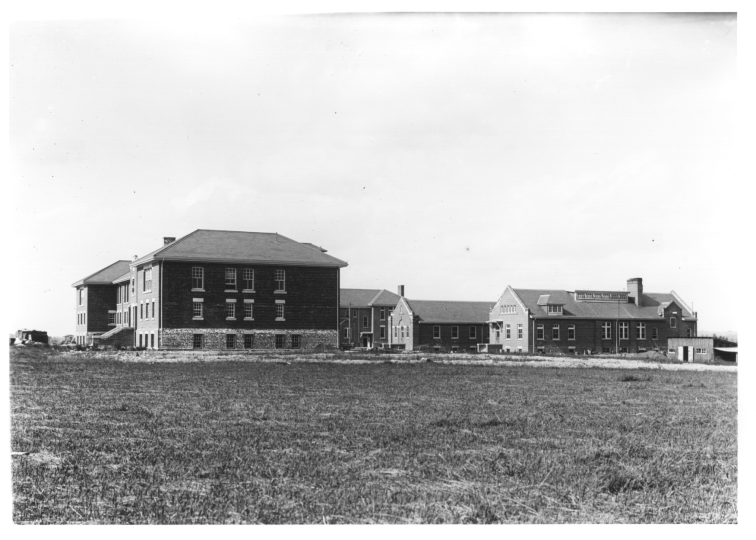I still have this photo in mind, not just because of the smashing model, but also for the quality, especially for a colour photograph. When I first saw it, I thought it was old enough to have been originally black and white and someone else colourized it. But close inspection tells me it is original colour. In fact, it does not appear to have been colour enhanced, either. I would assume the cuffs and the TTC logo were redder than now depicted. Can anyone provide the name of the photographer and the date it was taken?
Less important, but I'm curious, what is she depicting with the tickets? I assume that it's just part of the pose.










